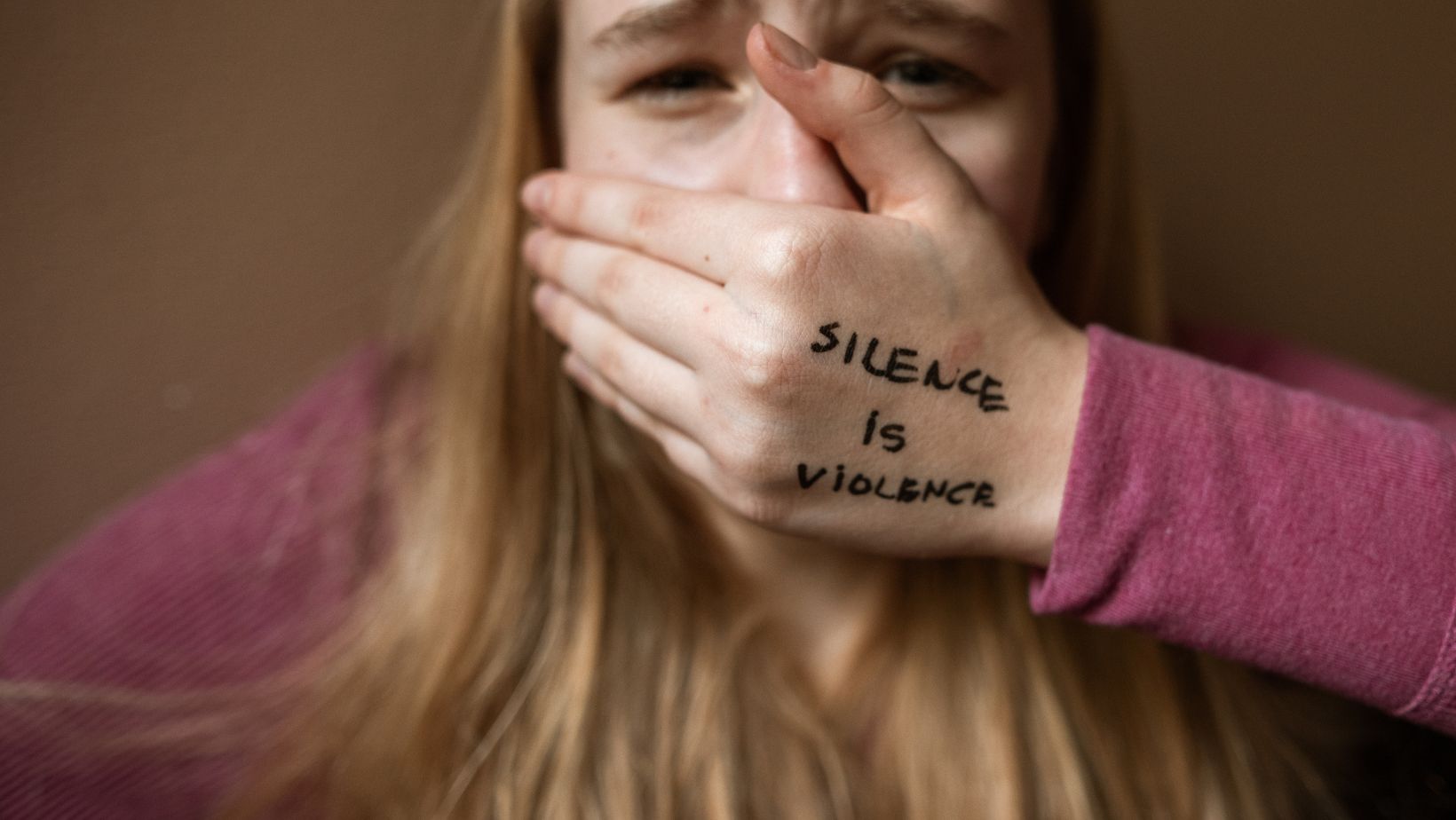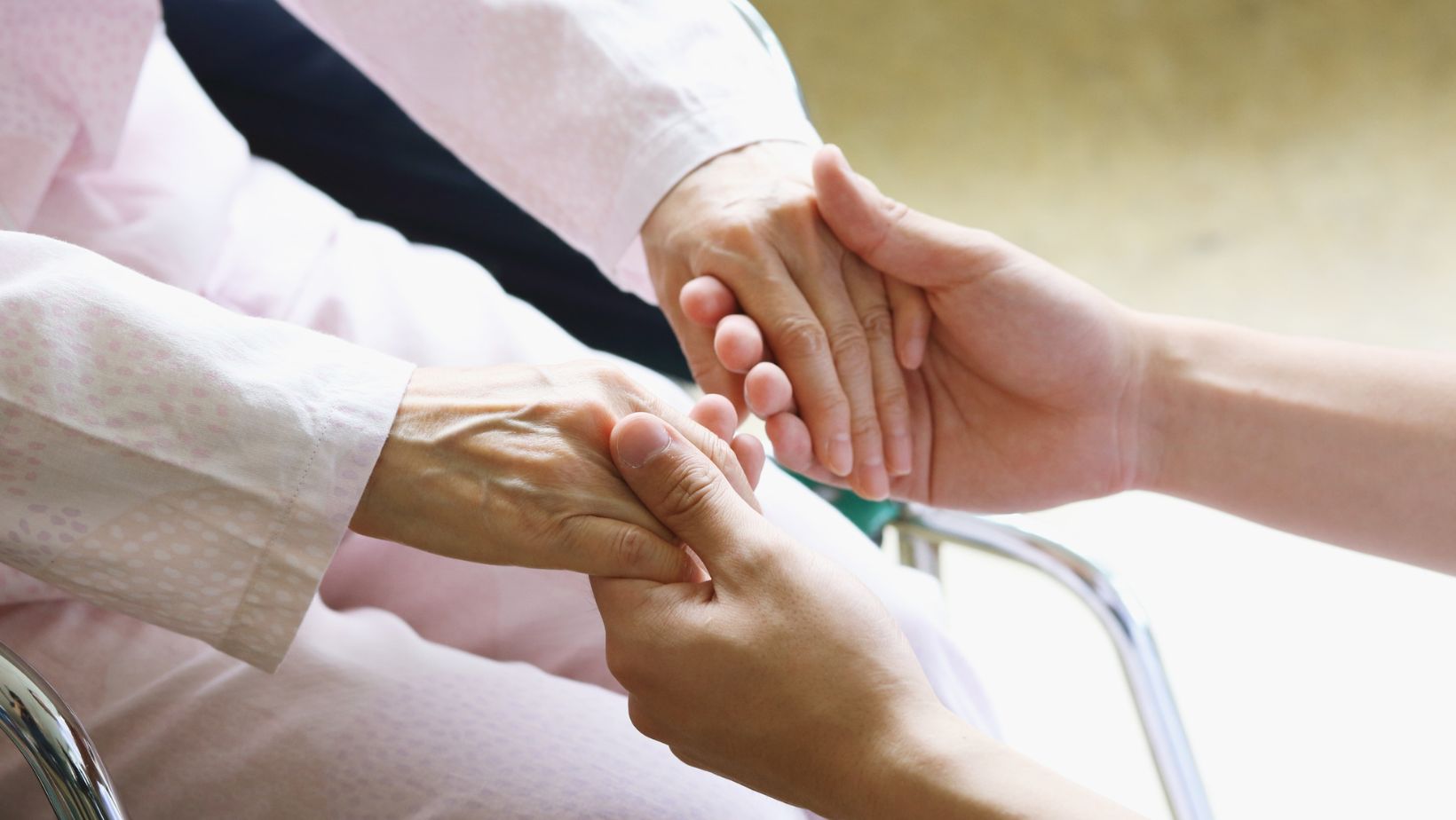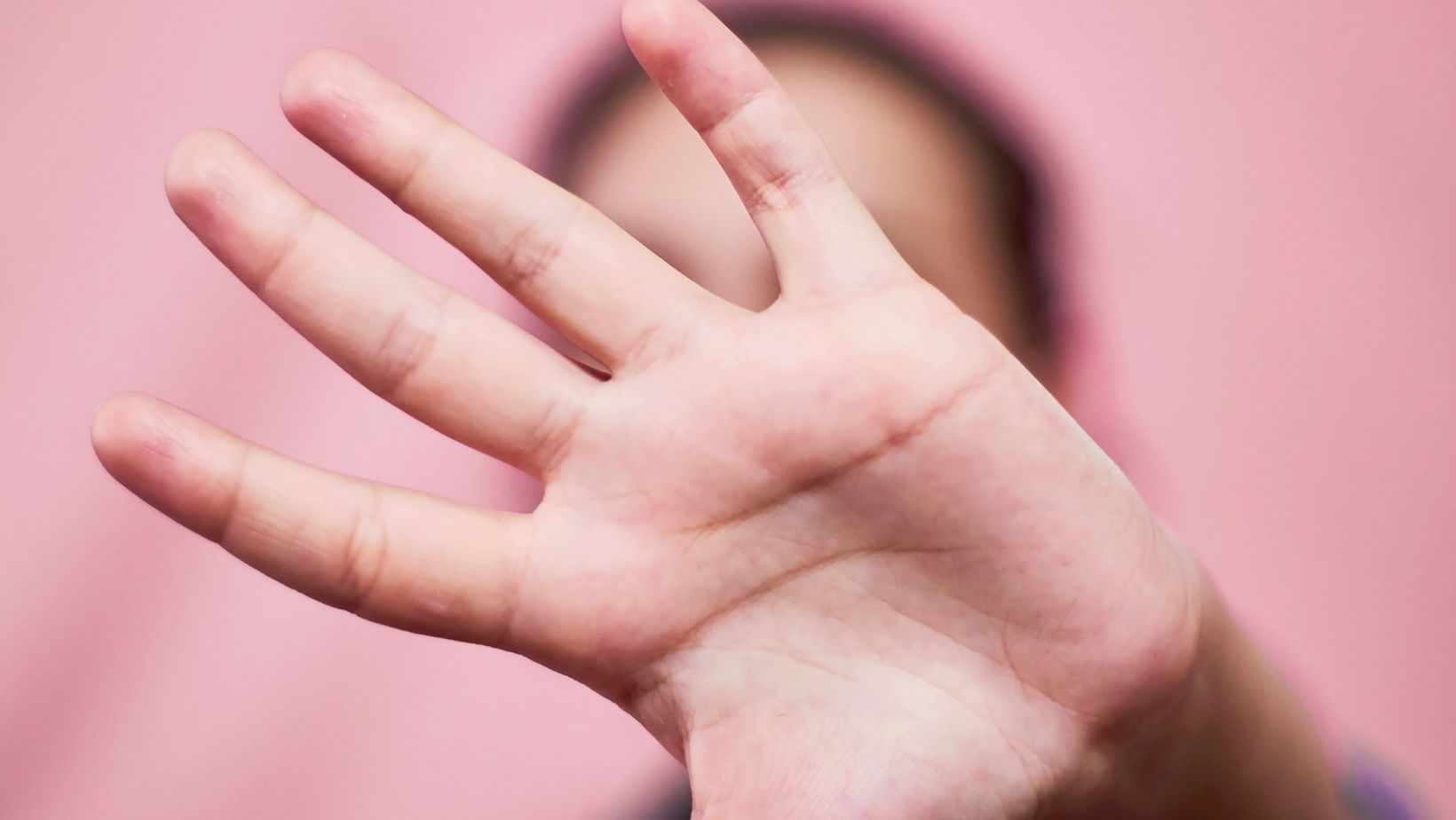Domestic violence is a widespread issue that affects millions of people globally, leaving both visible and invisible scars. Beyond the immediate physical harm, survivors often face long-term psychological impacts, including Post-Traumatic Stress Disorder (PTSD). This article explores the connection between domestic violence and PTSD, the effects on survivors, and the paths to healing and recovery.
Table of Contents
ToggleUnderstanding Domestic Violence
Domestic violence refers to abusive behaviors used by one person to control or harm another in an intimate relationship. It can take various forms, including:
– Physical Abuse: Hitting, slapping, or causing bodily harm.
– Emotional Abuse: Verbal insults, manipulation, and threats.
– Sexual Abuse: Coercion or forced sexual acts.
– Financial Abuse: Restricting access to money or resources.
– Psychological Abuse: Intimidation, isolation, or gaslighting.
Prevalence of Domestic Violence
According to the World Health Organization (WHO), approximately 1 in 3 women globally experience physical or sexual violence in their lifetime, often at the hands of an intimate partner. While women are disproportionately affected, men and non-binary individuals can also be victims of domestic violence.
What is PTSD?
PTSD is a mental health condition that develops after experiencing or witnessing a traumatic event. It is characterized by intrusive memories, emotional numbness, and heightened arousal. For survivors of domestic violence, PTSD often stems from prolonged exposure to fear, harm, and psychological control.
Symptoms of PTSD in Domestic Violence Survivors
- Intrusive Thoughts: Flashbacks, nightmares, or recurring memories of the abuse.
- Avoidance: Steering clear of people, places, or situations that remind them of the violence.
- Emotional Numbness: Feeling detached from loved ones or unable to experience joy.
- Hyperarousal: Being easily startled, constantly on edge, or struggling with insomnia.
- Negative Self-Perception: Feeling guilt, shame, or worthlessness related to the abuse.
The Link Between Domestic Violence and PTSD
Prolonged Trauma
Unlike a single traumatic event, domestic violence is often a series of repeated incidents that create a state of chronic fear and hypervigilance. Survivors live in an unpredictable environment where their safety is constantly threatened, increasing the likelihood of developing PTSD.
Psychological Manipulation
Abusers often use tactics like gaslighting, blaming, or isolating their victims. These behaviors can distort the survivor’s sense of reality, erode self-esteem, and create feelings of helplessness—key contributors to PTSD.
Betrayal and Loss of Trust
Domestic violence occurs within close relationships, making it a profound betrayal. Survivors may struggle with trusting others, fearing that new relationships will replicate the abuse.
Co-occurring Issues
PTSD in domestic violence survivors is often accompanied by other challenges, such as:
– Depression: Feelings of hopelessness and persistent sadness.
– Anxiety Disorders: Intense fear, panic attacks, or social withdrawal.
– Substance Abuse: Using drugs or alcohol as a coping mechanism.
Statistics on Domestic Violence and PTSD
– Research shows that 50-60% of domestic violence survivors develop PTSD.
– Survivors of intimate partner violence are twice as likely to experience depression and anxiety compared to non-victims.
– PTSD symptoms can persist for years after leaving the abusive relationship, underscoring the need for long-term support.
Healing and Recovery
Recovering from the trauma of domestic violence is a journey that requires time, support, and professional intervention. Here are some strategies and resources that can help:
1. Professional Therapy
– Trauma-Focused Cognitive Behavioral Therapy (TF-CBT): Helps survivors process trauma and reframe negative thought patterns.
– Eye Movement Desensitization and Reprocessing (EMDR): A specialized therapy for processing traumatic memories.
– Group Therapy: Provides a supportive environment to share experiences and learn from others.
2. Building a Support Network
Connecting with trusted friends, family members, or support groups can help survivors feel less isolated. Organizations like the National Domestic Violence Hotline (US) offer confidential resources and guidance.
3. Mindfulness and Self-Care
– Mindfulness Practices: Techniques like meditation or deep breathing can reduce stress and promote emotional regulation.
– Physical Activity: Exercise releases endorphins, which improve mood and reduce anxiety.
-Journaling: Writing about feelings and experiences can help process emotions.
4. Safety Planning
For those still in an abusive relationship, creating a safety plan is crucial. This includes:
– Identifying safe places to go in an emergency.
– Keeping important documents and emergency contacts readily accessible.
– Reaching out to local shelters or hotlines for support.
5. Education and Awareness
Understanding the effects of trauma and learning about PTSD can empower survivors to seek help and advocate for their needs. Community workshops and online resources can provide valuable insights.
Resources for Survivors
– National Domestic Violence Hotline (US): 1-800-799-SAFE (7233)
– RAINN (Rape, Abuse & Incest National Network): 1-800-656-HOPE (4673)
– Local Shelters: Many communities have shelters offering temporary housing and counseling.
– International Resources: Organizations like Women’s Aid (UK) and UN Women provide global support.
Final Thoughts
The connection between domestic violence and PTSD highlights the profound impact of abuse on mental health.  While the journey to recovery may be challenging, it is possible with the right support and resources. Survivors are not alone, and reaching out for help is a courageous step toward healing. By addressing the trauma and fostering resilience, individuals can reclaim their lives and move forward with hope and strength.
While the journey to recovery may be challenging, it is possible with the right support and resources. Survivors are not alone, and reaching out for help is a courageous step toward healing. By addressing the trauma and fostering resilience, individuals can reclaim their lives and move forward with hope and strength.



